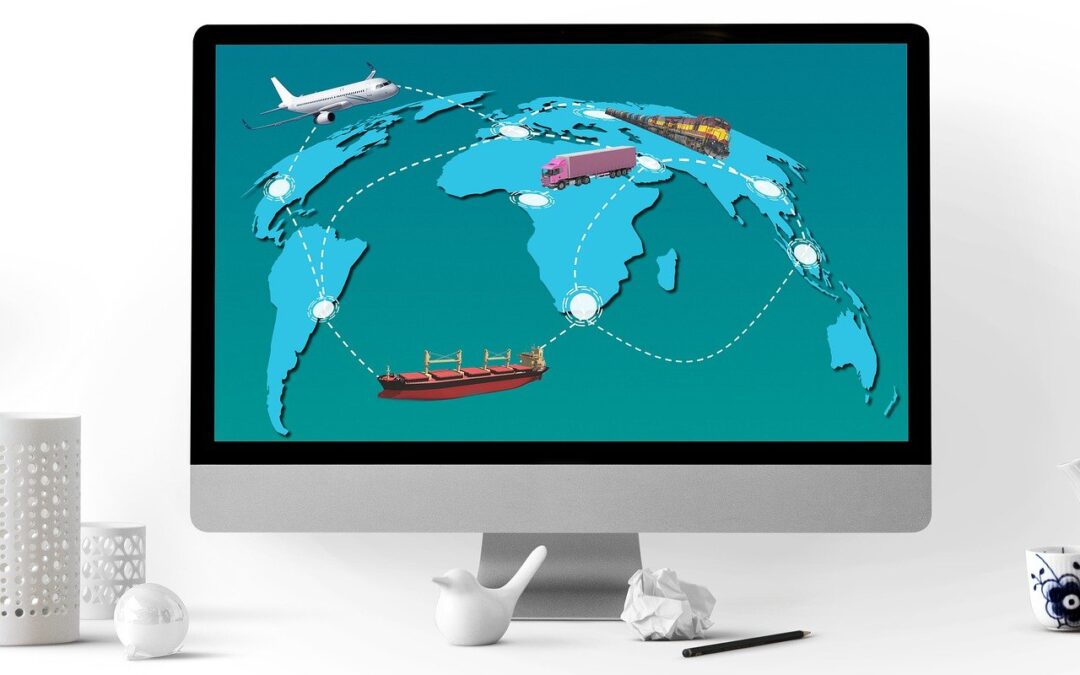Hyper-automation is the blend of cutting-edge technologies, including Artificial Intelligence (AI) and Machine Learning (ML). It redefines how organizations optimize their supply chain operations. From route optimization to inventory management and predictive analytics, hyper-automation profoundly reshapes the industry’s dynamics.
Continue reading to learn how hyper-automation can benefit your business across the supply chain environment.
What Is Hyper-Automation?
Hyper-automation, characterized by integrating AI, ML, and Robotic Process Automation (RPA), can enable your organization to streamline complex processes, reduce operational inefficiencies, and gain real-time insights.
Benefits of Hyper-Automation
Here’s how businesses can benefit from hyper-automation:
Improved Operational Efficiency
Hyper-automation can eliminate manual and time-consuming tasks like order processing and inventory management, shipment tracking, and route optimization. As a result, processes become faster and more accurate and require fewer human interventions.
Enhanced Visibility
The use of hyper-automation allows for real-time visibility into all aspects of the supply chain. This transparency enables you to monitor inventory levels, track shipments, and identify bottlenecks or delays promptly. Improved visibility ensures better decision-making and the ability to address issues proactively.
Data-Driven Insights
The data collected and analyzed through hyper-automation can provide valuable insights for continuous improvement. Using this information, you can identify supply chain trends, inefficiencies, and areas for optimization.
Faster Decision-Making
With the help of automated processes and AI-driven insights, supply chain managers can make decisions more quickly and accurately. Predictive analytics assists professionals in forecasting demand variations, allowing them to make agile inventory and logistics planning modifications.
Optimal Resource Utilization
Hyper-automation optimizes resource allocation by allowing managers to efficiently manage inventory, assign tasks to available resources, and automate load matching with carriers. This reduces waste, lowers operational costs, and maximizes resource utilization.
Better Customer Experience
Thanks to hyper-automation, customers get accurate updates on the status of delivery and receive their orders on time. Accurate real-time tracking, timely notifications, and efficient order processing greatly improve the customer experience.
Better Inventory Management
AI-driven demand forecasting and automated inventory management can help maintain optimal stock levels. This can reduce carrying costs and prevent stockouts, leading to smoother operations.
Streamlined Communication
Hyper-automation facilitates seamless communication across the supply chain. Automated alerts, notifications, and updates ensure that all stakeholders are promptly informed about any changes or issues.
Scalability and Adaptability
As enterprises grow or experience fluctuations in demand, hyper-automation can quickly scale to accommodate the supply chain’s changing needs. Whether processing larger orders or optimizing routes for an expanded fleet, automation can adapt without compromising efficiency.
Regulatory Compliance
Supply chain and logistics operations are subject to various regulations and compliance standards. Hyper-automation helps ensure that processes adhere to these standards, reducing the risk of fines and penalties.
Employee Empowerment
Hyper-automation can free employees from repetitive tasks, allowing them to focus on more strategic and creative aspects of their roles. This can lead to increased job satisfaction and the development of higher-value skills.
If you want to optimize your supply chain with the power of AI and ML, our experts at Team81 can help you. Contact us now to learn more.


